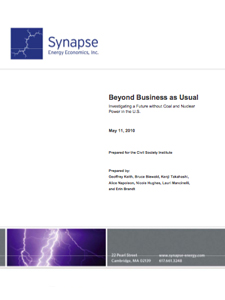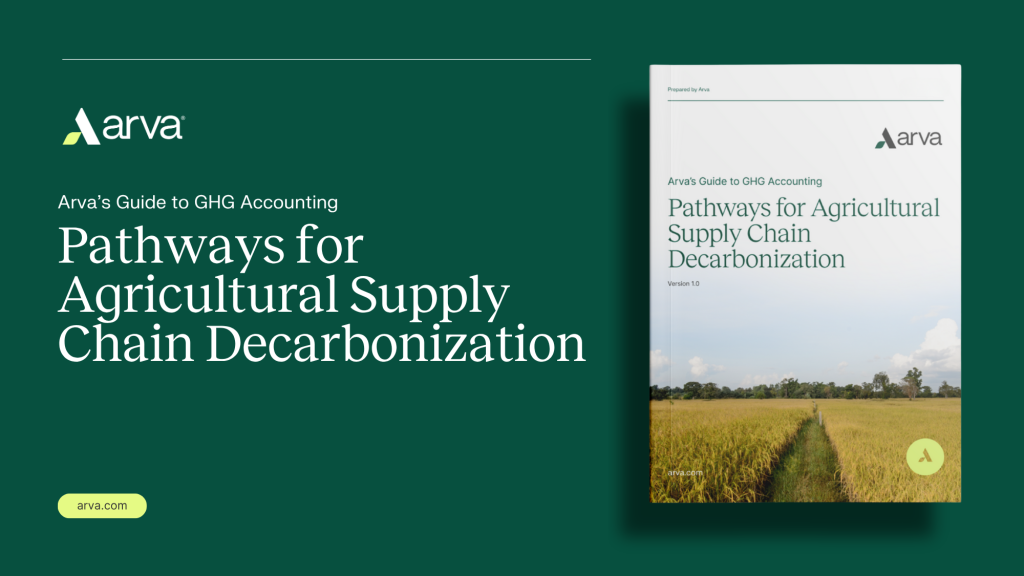Beyond Business as Usual: Investigating a Future without Coal and Nuclear Power in the U.S.

Aggressive and sustained investment in energy efficiency and renewable energy would allow the U.S. to retire existing coal-fired power plants and a quarter of the its nuclear capacity by 2050.
The upfront costs would be modest — $10 billion in 2020, or $2.20 monthly for the average residential customer, but by 2040, the savings would begin reaching consumers’ pocketbooks. Deploying existing high-efficient technology across every sector, such as lighting, HVAC and water heating, could cut electricity use by 15 percent from today’s requirements.
All of this can occur independent of federal climate change legislation should Congress fail to pass an energy bill this year, according to Synapse Energy Economics, author of “Beyond Business as Usual: Investigating a Future without Coal and Nuclear Power in the U.S.”
Renewable energy, such as wind, solar, geothermal and biomass, could grow to provide half of the country’s electricity needs, said the report, prepared for the Civil Society Institute.
“The electric power industry in the U.S. is at a crossroads,” Civil Society Institute President Pam Solo said in a statement. “While the industry remains obsessed with such dirty and needlessly expensive 19th and 20th century ‘business as usual’ solutions as coal-fired and nuclear power, there is an opportunity today to make the transition without multi-billion dollar gambles on unproven carbon capture and sequestration technology and risky nuclear loan-guarantee bailouts.”









